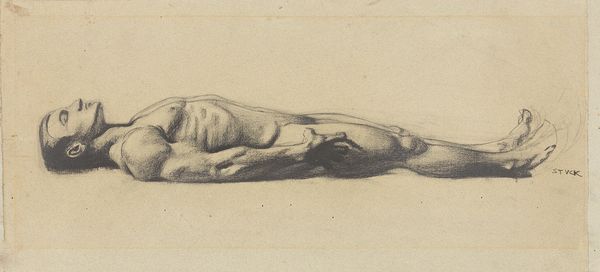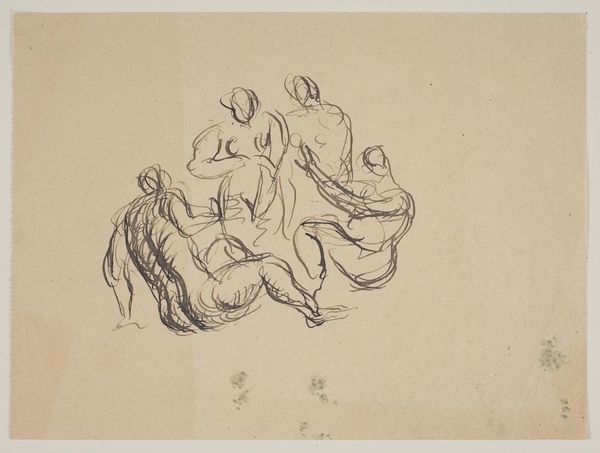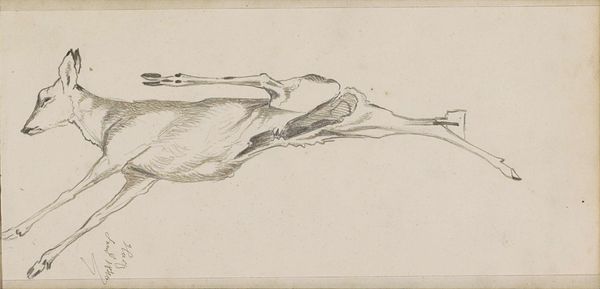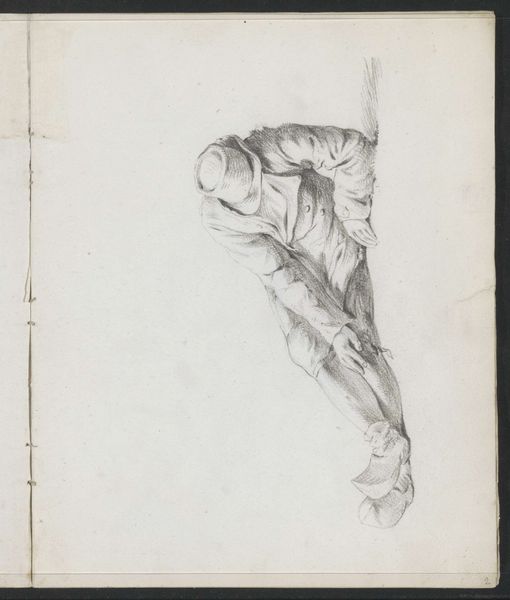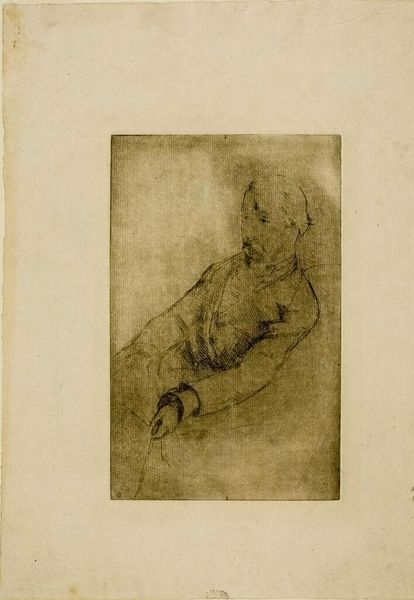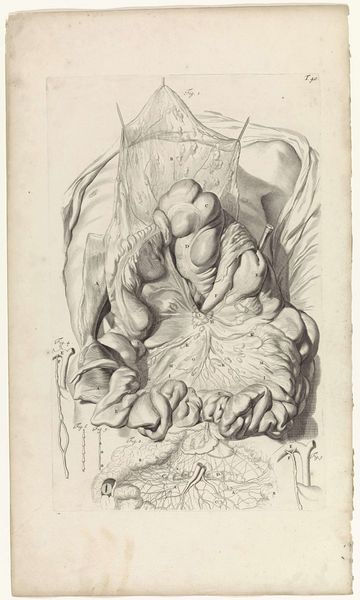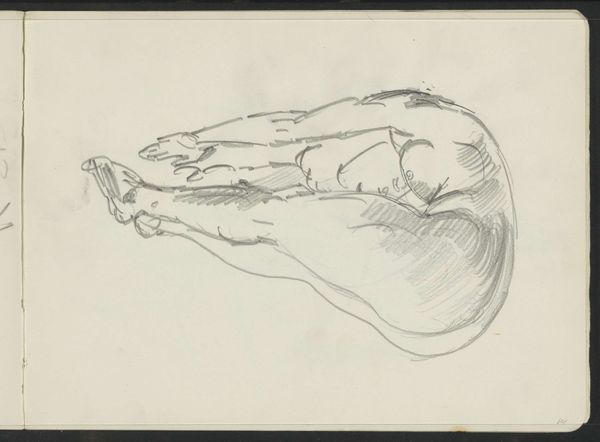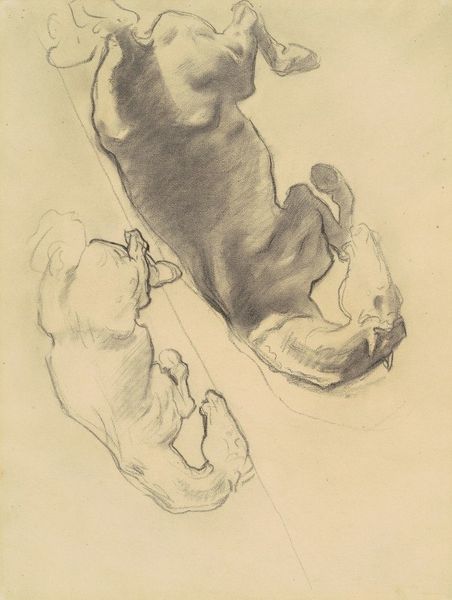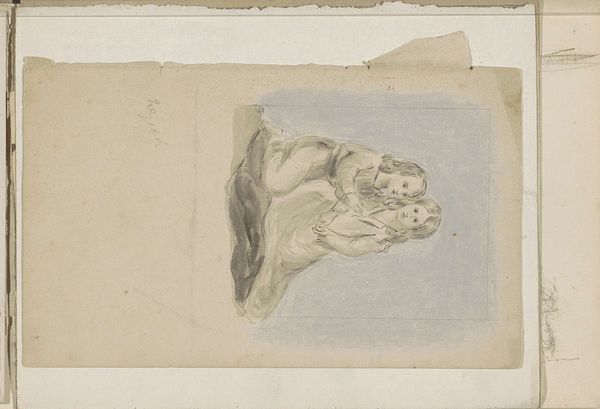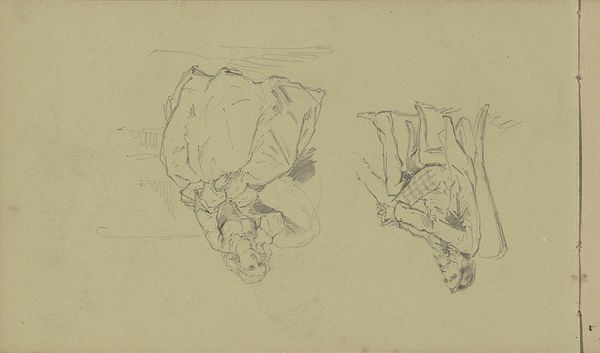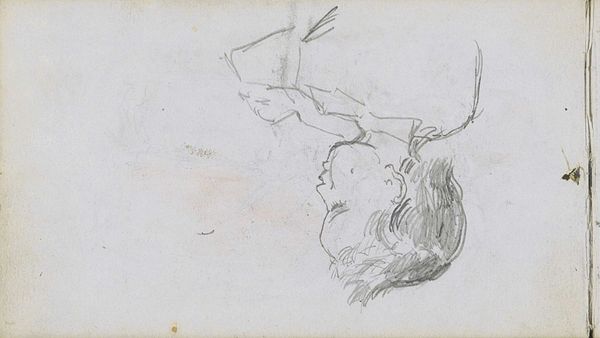
drawing, pencil
#
pencil drawn
#
drawing
#
landscape
#
figuration
#
pencil drawing
#
pencil
#
genre-painting
#
academic-art
#
realism
Copyright: Public Domain: Artvee
Curator: Take a moment to look at "Peasant Clothes, Study for ‘The Harvesters’," a pencil drawing by Jean-François Millet from 1851-1852. It is preparatory for his well known painting. What is your first impression? Editor: I see a collection of folded clothes; crumpled, still, discarded even, giving a feeling of everyday reality and a humble tone, yet also somehow very considered. Curator: The intentional placement of these garments definitely reflects a conscious choice. Consider the symbolic meaning of peasant clothing in mid-19th century France. It was, in many ways, a uniform that signified not just labor, but also a particular class identity, rife with implications of exploitation and marginalization. Editor: Exactly. We're seeing not just clothes, but almost the archetypes of labor and rural life itself. Clothes in themselves, hold deep cultural weight. Notice that the sleeves and folds create repetitive and rounded shapes. This makes me wonder whether they mirror natural patterns, like landscapes in miniature? Curator: An interesting comparison. In focusing our gaze upon the clothing of the working class, Millet encourages us to examine the societal structures and the people these structures rely on but so often ignore. These clothes aren't just fabric, but the tangible representation of lived experience of physical labor and the realities of rural poverty. Editor: These lines seem almost like a visual shorthand of the life embedded in these garments. When I look, I feel that my focus is driven from left to right along the composition, with almost all of the focus concentrated around the center. Curator: Perhaps these discarded garments stand as a silent, unglamorous, indictment of a system that devalues those who provide its foundation. Editor: This detailed study really emphasizes both the presence and absence of the wearer, wouldn’t you agree? It suggests the hidden meaning of things that are easily overlooked. Thanks to that, I view clothes with a different lens now. Curator: Indeed. It provides a potent social commentary which compels us to reflect on issues of equality, representation, and social justice that still resonate today.
Comments
No comments
Be the first to comment and join the conversation on the ultimate creative platform.
